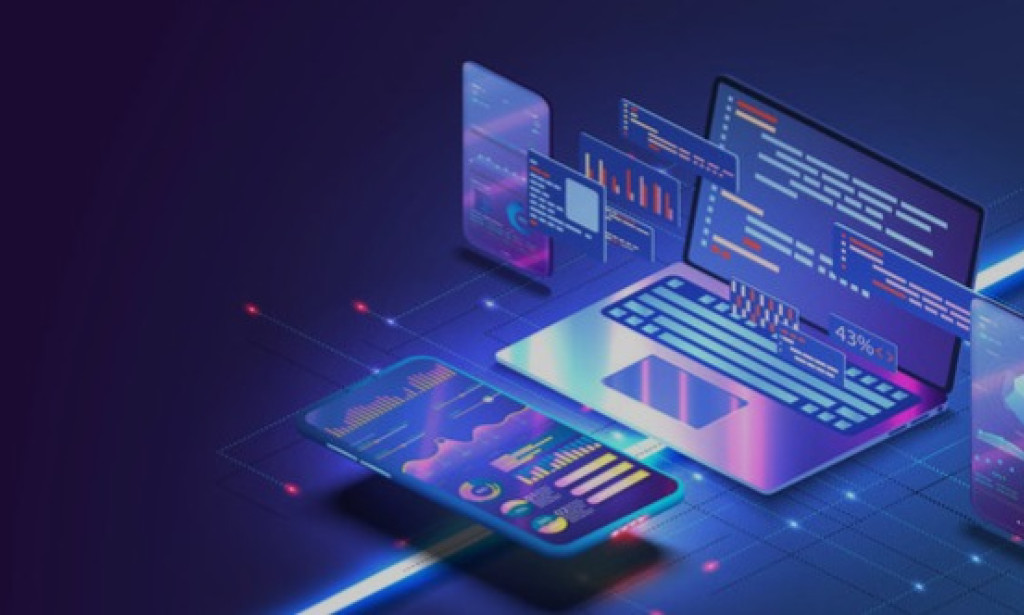1. Personalized Recommendations: Your Digital Assistant, Enhanced
Every time you open Netflix, Spotify, or any other recommendation-based service, you’re experiencing the power of AI. These platforms use sophisticated AI algorithms to analyze your past choices, preferences, and habits, delivering content suggestions that feel almost psychic. These systems improve user experience by saving time and catering directly to each user’s taste.
2. Smarter Health Diagnostics: AI at the Doctor’s Office
AI is helping doctors diagnose conditions more accurately and faster than ever. Machine learning algorithms can analyze complex medical images, such as X-rays and MRIs, spotting potential issues that might go unnoticed by the human eye. With advancements in AI, diagnostics are becoming less invasive and more efficient, paving the way for early detection and treatment of diseases.
3. Virtual Companions: The Future of Conversation
Chatbots, digital assistants like Siri and Alexa, and customer service bots are becoming ever more sophisticated. These AI systems are not only helping with everyday tasks but are also being designed to provide companionship and support for mental health. As AI improves, it’s learning to converse more naturally, adapting to human emotions, and offering comfort in times of need.
4. Self-Driving Cars: The Roads of Tomorrow
Autonomous vehicles are an ongoing technological marvel, with companies like Tesla, Waymo, and Uber investing heavily in self-driving technology. AI is used in these vehicles to interpret sensory data from cameras, radar, and LIDAR to make decisions in real time. Although fully autonomous driving is still in development, AI is already improving safety and convenience with features like lane-keeping assistance and automated braking.
5. Enhanced Cybersecurity: Keeping Us Safe Online
Cybersecurity is a growing concern, but AI is providing a robust defense. AI-powered security systems can detect unusual activity, recognize threats faster than traditional software, and respond to potential breaches instantly. By studying vast amounts of data, these AI systems adapt to new cyber threats, keeping individuals and organizations safer online.
6. Language Translation: Breaking Down Barriers
Language no longer has to be a barrier, thanks to AI translation tools like Google Translate and DeepL. These platforms have progressed from basic translations to interpreting complex phrases, idioms, and even different dialects. AI-powered translation has made it possible for people from around the world to connect and understand each other, fostering global collaboration.
7. Environmental Conservation: AI for a Greener Earth
AI is helping environmentalists track endangered species, predict natural disasters, and monitor climate change indicators. Machine learning models analyze weather patterns, water levels, and carbon footprints to provide valuable data for conservation efforts. AI is also instrumental in developing sustainable farming techniques and efficient resource management, contributing to a healthier planet.
8. Fraud Detection: Protecting Your Finances
Banks and financial institutions use AI to detect fraud. By analyzing transaction patterns and account behavior, AI systems can identify unusual or suspicious activities in real-time. For example, if an unusual transaction occurs, AI may flag it, notifying the user or blocking the transaction to prevent potential financial loss.
9. Smart Homes: Living in the Future Today
AI is turning homes into smart ecosystems with devices that respond to voice commands, learn from routines, and even anticipate needs. From smart thermostats adjusting temperatures based on preferences to refrigerators notifying when groceries are low, AI integrates into daily routines, enhancing convenience and energy efficiency.
10. Educational Enhancements: Tailored Learning for Students
In education, AI-driven tools are providing personalized learning experiences, adapting to each student’s strengths and weaknesses. Virtual tutors, for example, can offer one-on-one assistance, while AI platforms analyze a student’s progress and provide customized resources to support learning. AI in education is bridging gaps and making learning more accessible and engaging.


You must be logged in to post a comment.